How to Do Forecasting in Power BI (Steps & Accuracy Metrics)
Remember our last guide - Power BI forecasting? It revealed things that truly blocks accuracy, both structural and situational. Now it's time to take the next step. Knowing Power...
Listening is fun too.
Straighten your back and cherish with coffee - PLAY !
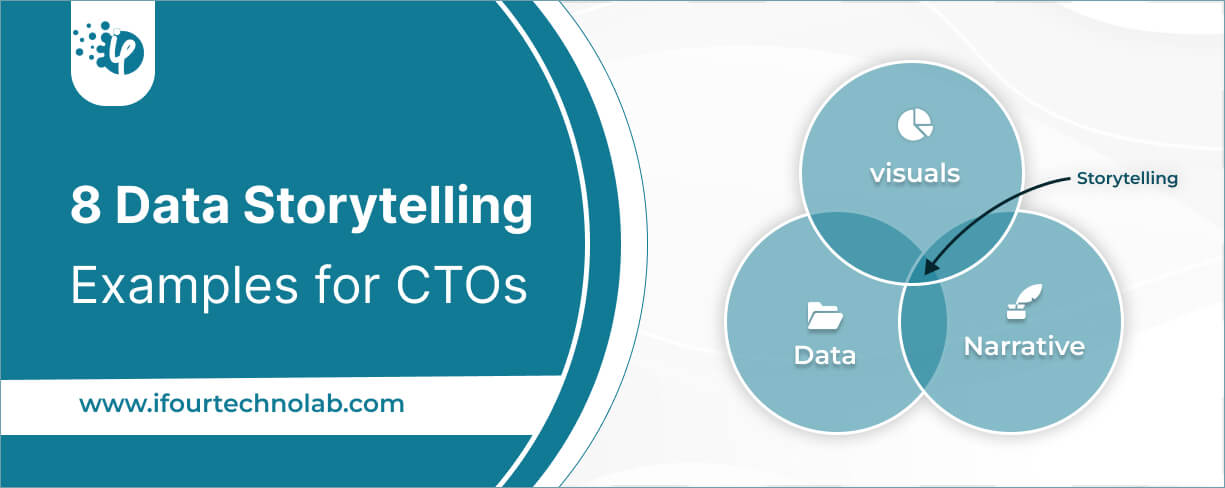
Clear insights mean smarter decisions, and this is what data storytelling does. It helps you speak a language that you quickly understand. Like for example, you are a CTO dealing with complex data every day and rather than just going through numerous spreadsheets, it provides you with a quick glimpse of what’s happening.
The process is carried out using various data storytelling tools such as Microsoft Fabric, Looker, and popular platforms like Power BI or Tableau.
When you transform data into stories, you uncover patterns, spot opportunities, and confidently make strategic calls. And this is the reason why data storytelling matters for CTOs.
Data storytelling bridges the gap turning technical jargon into simple visuals that even non-tech stakeholders can comprehend. Here’s one of the best examples of Data storytelling.
Bringing up the alignment, they keep your teams on the same page and foster collaboration that drives results.
Take a look at these prime Power BI use cases we've crafted for our industry CTOs. These BI examples helped them simplify their operational decisions!
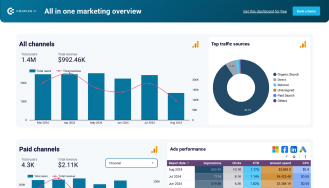
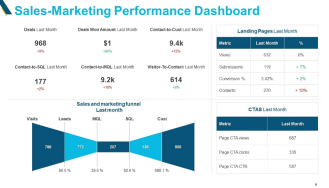
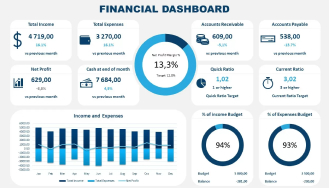
In this blog, we will be discussing the top 8 data storytelling examples for CTOs.
Data isn’t just numbers - it’s a goldmine of insights waiting to be uncovered. Data storytelling is something that assists you in transforming your business. Given below are some of the best examples of Data storytelling:
Imagine having a crystal ball for your business. Predictive analytics dashboards play a pivotal role in data-driven decision-making. It actually acts as a crystal ball for your ongoing business. Tools like Power BI and Tableau analyze past data to uncover emerging trends.
Unify your business analytics and data with MS Fabric Consulting Services today!
What’s the impact? Strategic planning becomes a breeze. You’ll allocate resources smarter, invest wisely, and stay ahead of the competition. It’s data analytics for C-level executives, made actionable.
Want more data storytelling examples? Explore our Free templates to help you drive your decisions.
Now, how do you keep your IT systems running smoothly? Interactive dashboards are the answer. Right? Data Storytelling Tools like Splunk and Grafana give you real-time insights into system uptime, latency, and overall efficiency.
With data visualization tools for IT, you can detect issues the moment they arise and optimize performance before they become problems. It’s data storytelling in IT that drives action and keeps operations seamless.
Another best example of Data storytelling is the Financial BI dashboard which helps you balance IT project budgets easily and effectively.
Tools like Excel with Power Query and Power BI give you a clear view of ROI, expenses, and cost allocation.
With this data-driven decision-making approach, you can allocate resources effectively and ensure every dollar is spent strategically. Isn’t that the clarity your projects deserve?
Hire Power BI developers to build industry-specific dashboards!
Cyber threats are evolving, but so are the solutions. Heatmaps and charts, powered by Power BI and Kibana, visualize vulnerabilities and track threats in real time.
This isn’t just about monitoring—it’s about proactive protection. With the right data storytelling techniques, you’ll turn raw data into actionable insights, safeguarding your IT infrastructure from risks.
Whether you’re looking at MS Fabric or Power BI or some other advanced data storytelling tools, it’s all about making data work for you.
How can you ensure your teams are performing at their best? By tracking KPIs with data visualization for CTOs. Tools like Fabric, Tableau, Google Data Studio, and Power BI for CTOs let you dive deep into department or team efficiency.
The result? Clear insights into workforce productivity and areas that need attention. With data storytelling techniques, you can focus on optimizing operations without getting bogged down in spreadsheets.
Are development delays slowing you down? Data storytelling in IT solves that. Tools like Jira and Confluence integrations use timeline charts to track progress, identify blockers, and highlight delivery milestones.
By streamlining processes, you’ll ensure faster, more efficient product rollouts. That’s how your data-driven decision-making made practical using this storytelling technique.
Automate business workflows with iFour’s Power Platform Consultation
Siloed data holding you back? Imagine having a single source of truth for your entire organization. Tools like Snowflake and data visualization tools for IT like Power BI make it possible.
With unified visuals, you can foster cross-departmental collaboration and make decisions that benefit the entire business. Isn’t it time to break down those data walls?
Want to refine your customer acquisition strategies? Data storytelling techniques with tools like Tableau and Looker let you segment customers and uncover revenue patterns.
By visualizing customer behavior, you’ll boost retention, target the right audience, and drive revenue. It’s storytelling that delivers real results for your bottom line.
Want to make your data stories stick? It’s not just about the numbers; it’s about the narrative. Start with your audience. What do they care about?
Simplify the complex—turn data into visuals that even non-tech individuals can understand. Think charts, graphs, and clear dashboards. And don’t forget consistency.
Does your data tell the same story across all teams? If not, you’ll lose trust. Contact iFour to get appealing Dashboard development services personalized to your requirements.
Data doesn’t have to be overwhelming. With the right story, it can inspire action and align your teams. These 8 data storytelling examples are just the beginning.
Imagine using dashboards to predict trends, visualize IT performance, or track customer behavior - all with clarity and confidence. Isn’t that the kind of leadership you’re aiming for?
We at iFour use various data storytelling tools and techniques to accomplish what our industry clients look for. And guess what, we even offer data analytic migration services be it from Tableau to Power BI migration or any other popular platform.
So, what’s next? Let us help you transform your data into compelling stories or visuals that drive results. Let’s connect today!
(Turning insights into various data visualizations)
An example of storytelling in finance is using data visualizations to show the impact of market trends on a company's revenue over time, helping stakeholders understand financial performance and make informed decisions.
The 5 steps to visual data storytelling are: understanding your audience, defining your key message, selecting the right data, choosing appropriate visuals, and crafting a compelling narrative.
Data storytelling improves decision-making by presenting complex data in a clear and engaging way, making it easier for stakeholders to understand insights and take action based on the information.
Common tools for data storytelling include Power BI, Tableau, Google Data Studio, and Excel, which help create interactive and visually appealing data presentations.
Data storytelling is important for businesses because it helps communicate data insights effectively, leading to better understanding, engagement, and informed decision-making among stakeholders.
Yes, data-driven storytelling can be used in marketing to illustrate campaign performance, customer behavior, and market trends, helping marketers make data-driven decisions and craft compelling narratives.
This eBook shows you how.
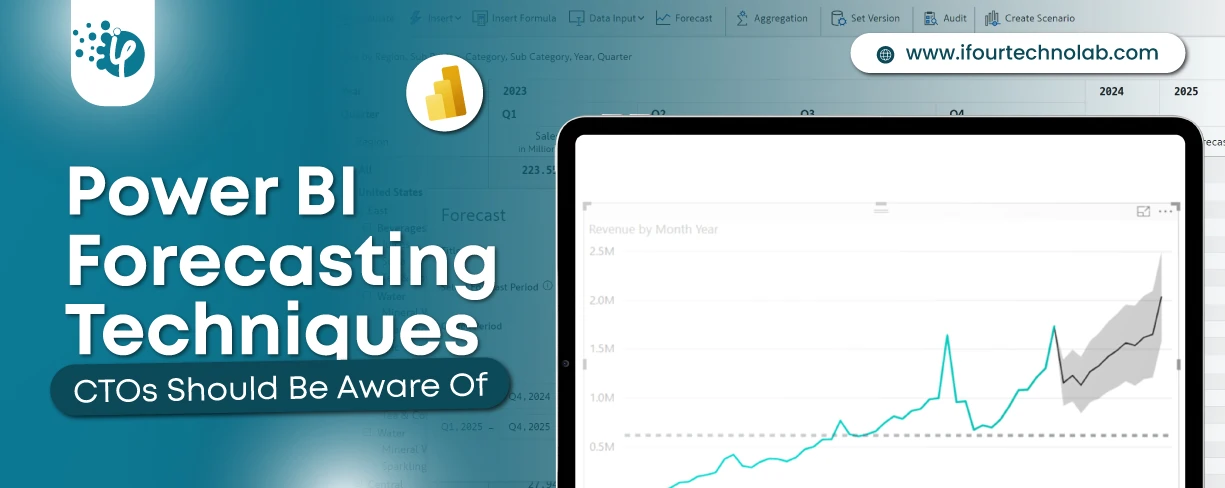
Remember our last guide - Power BI forecasting? It revealed things that truly blocks accuracy, both structural and situational. Now it's time to take the next step. Knowing Power...
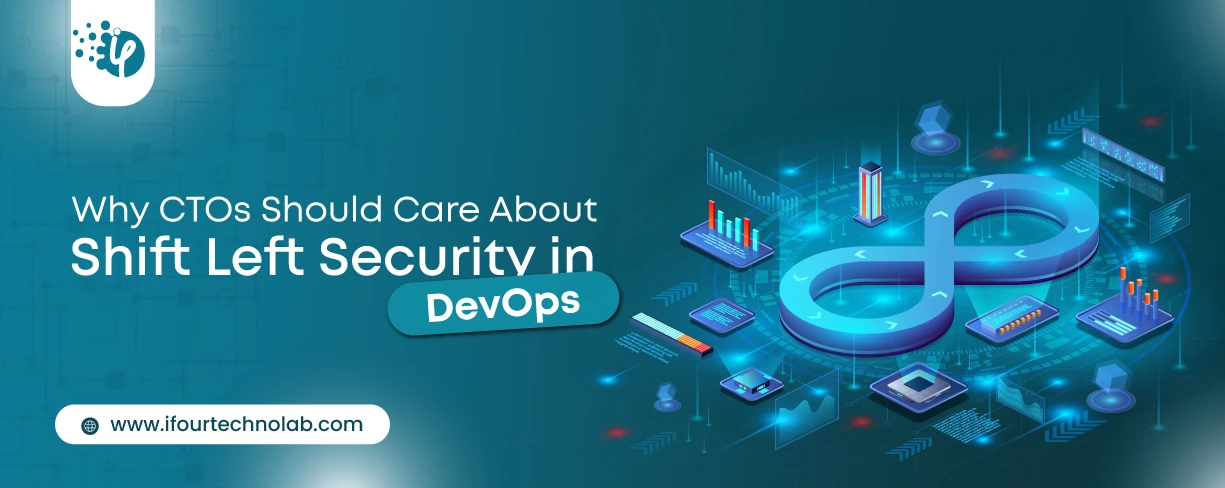
Security has always been a major concern. Your company spends millions on cybersecurity tools, and guess what? You’re still vulnerable. When you're working in the cloud, especially...
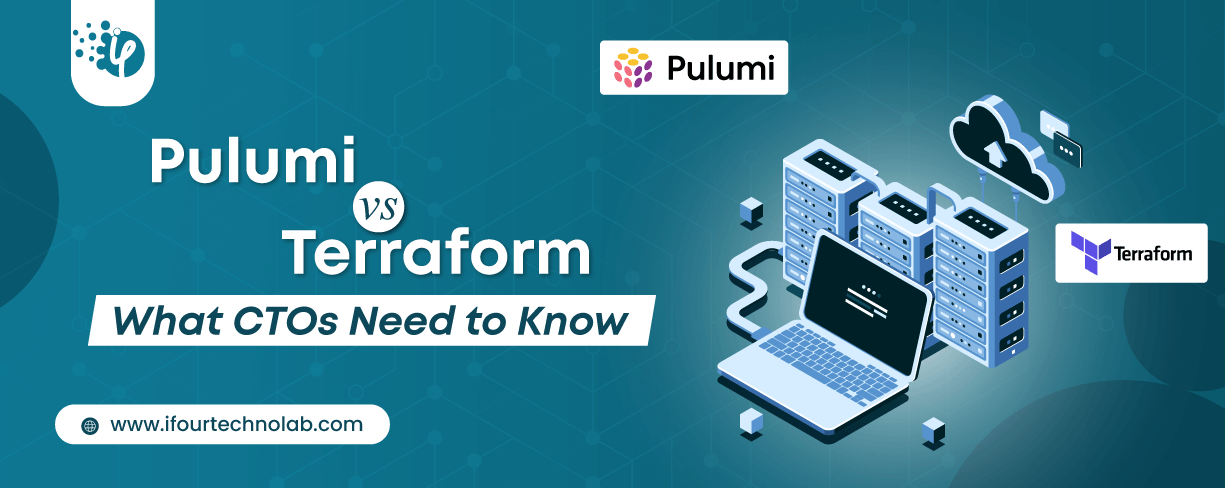
Automation isn’t just a trend anymore. It’s a must-have for any business relying on the Cloud. As the firm grows, cloud infrastructure gets more complex. So, choosing the right Infrastructure...